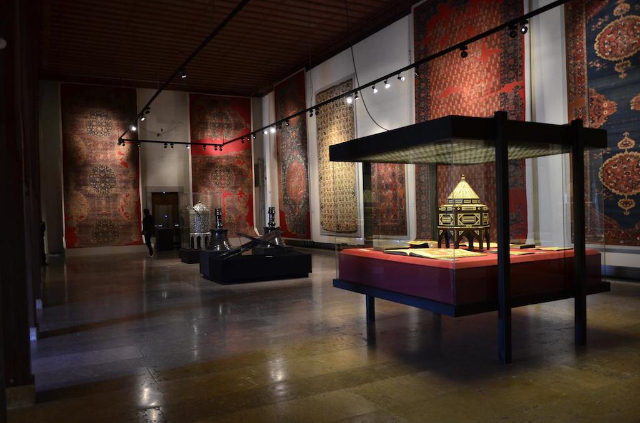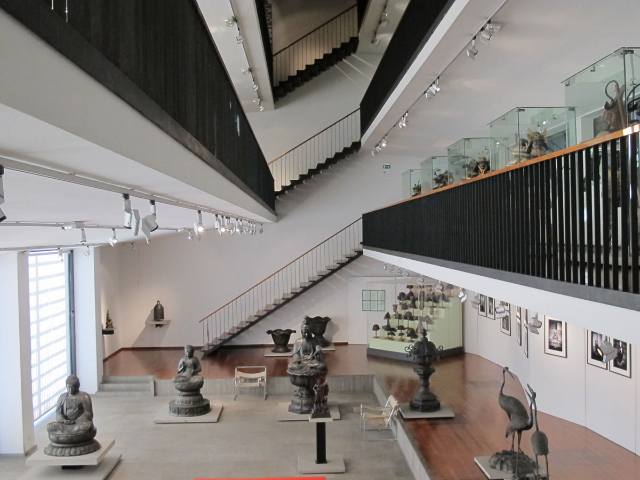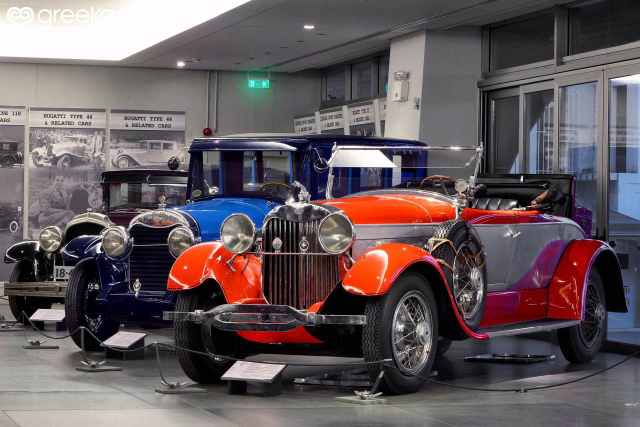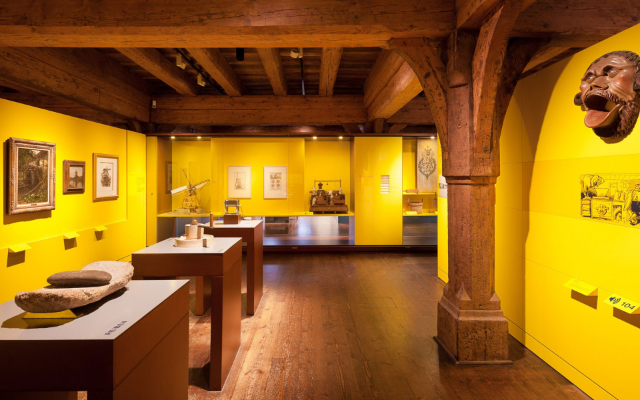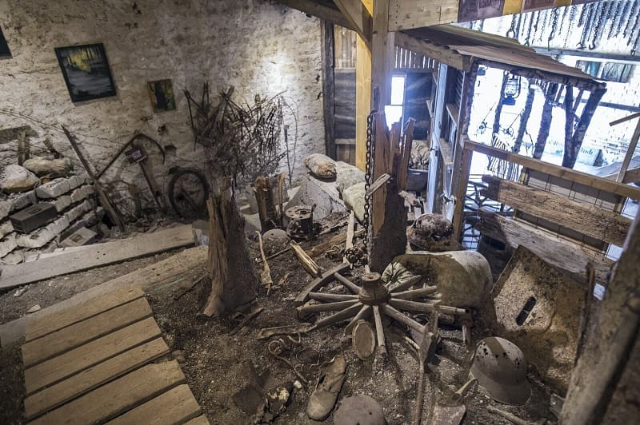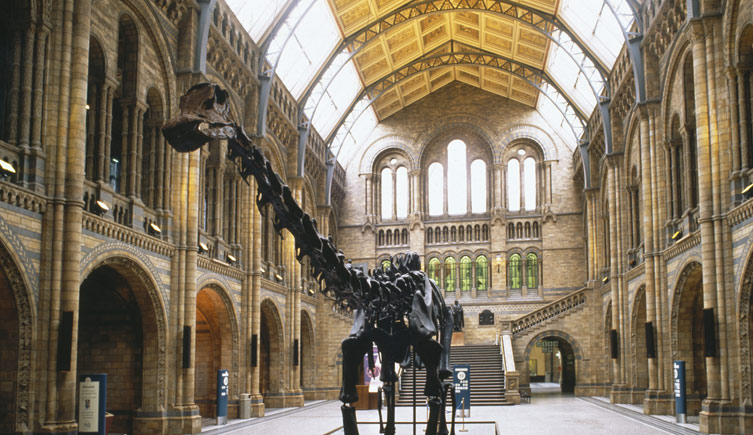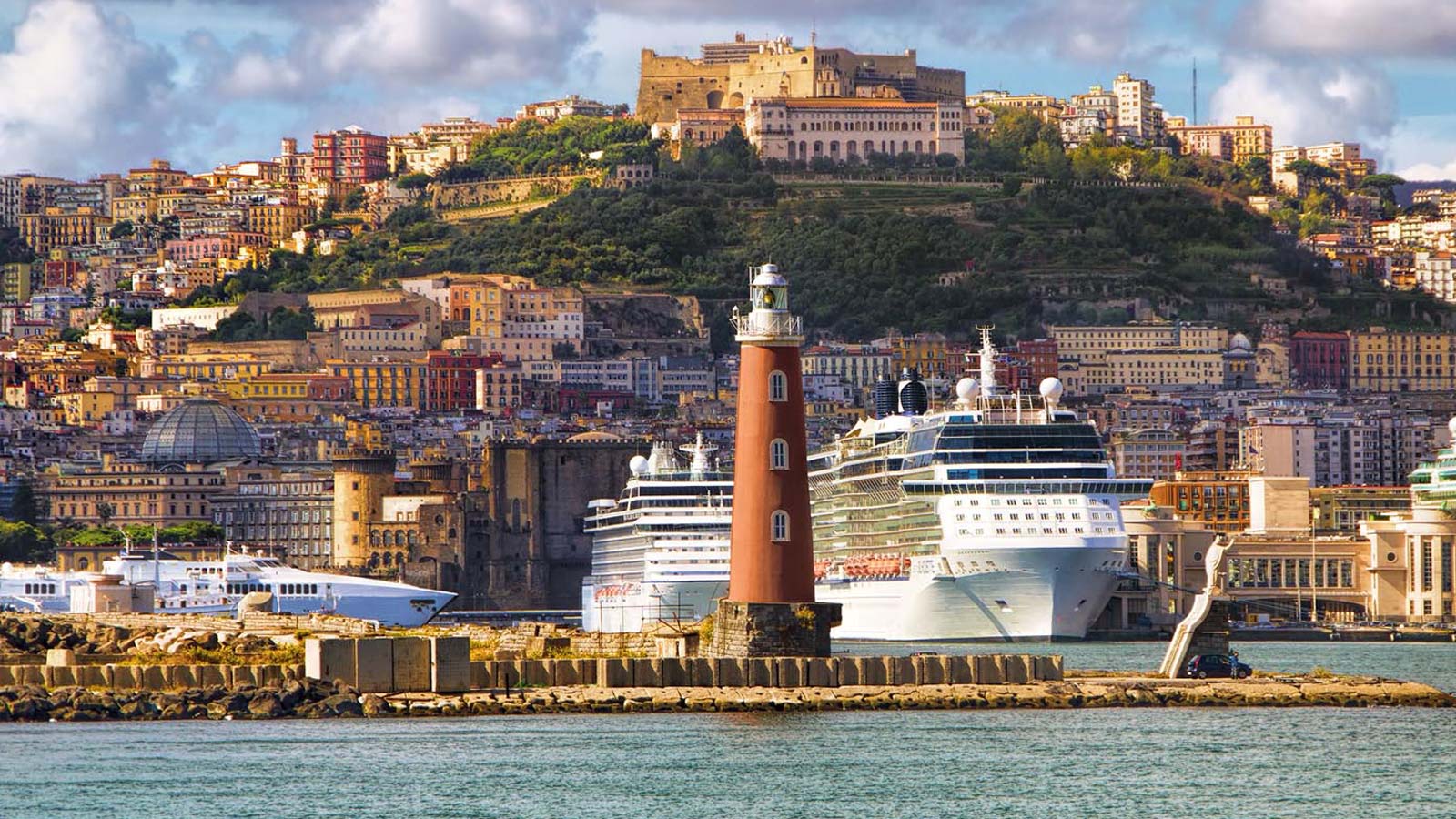The Museum of Turkish and Islamic Arts (Türk ve İslam Eserleri Müzesi in Turkish) is one of Istanbul’s most important museums, dedicated to the preservation and display of works of art and artifacts representing Turkish culture and Islamic artistic heritage.The museum is located inside the former palace of Ibrahim Pasha, a historic building located in the Sultanahmet area, close to major monuments such as the Blue Mosque and the Hagia Sophia. The building itself is an example of Ottoman architecture and provides a fascinating atmosphere to house the museum’s valuable collections.The Museum of Turkish and Islamic Arts offers a wide range of artworks and artifacts covering a period of more than a thousand years, from the end of the pre-Islamic era to the Ottoman era.The museum’s rooms are organized thematically, allowing visitors to immerse themselves in Turkish culture and Islamic artistic heritage.Among the most important works in the museum are:Ceramics: The museum boasts an extraordinary collection of ceramics, with pieces from different eras and regions. Dishes, vases, bowls and glazed objects with intricate designs and vibrant colors can be admired. Iznik ceramics, famous for their distinctive style and use of deep blue hues, are especially prized.Textiles: The museum displays a wide range of decorative textiles, including carpets, kilims, and silk fabrics. You can admire Turkish carpets of various sizes and styles, some of which are true hand-woven works of art. The textiles exhibit traditional motifs such as medallions, palmettes and intricate geometries.Islamic Calligraphy: Calligraphy is a very important art form in the Islamic tradition. In the museum, you can see outstanding examples of calligraphy on sheets of paper and ancient manuscripts. Arabic script is used to create artistic forms with spiritual meaning. Calligraphy works include verses from the Quran, poems and decorative inscriptions.Illuminations of manuscripts: The museum also displays specimens of ancient manuscripts and illuminations of great value. These works include text pages decorated with miniatures and elaborate decorations. Illustrators created detailed and colorful images to enrich sacred and literary texts.Metal Objects: The museum features a large collection of metal objects, such as lamps, braziers, plates and utensils, made with masterful craftsmanship. You can admire bronze, brass and copper works, engraved or chiseled with geometric patterns, arabesques and inscriptions.Jewelry: The museum also houses a collection of jewelry, including rings, earrings, bracelets and necklaces. These precious jewels are made from finely worked precious stones, pearls, and metals, often decorated with ornamental and symbolic details.These are just some of the most important works in the Museum of Turkish and Islamic Arts.
